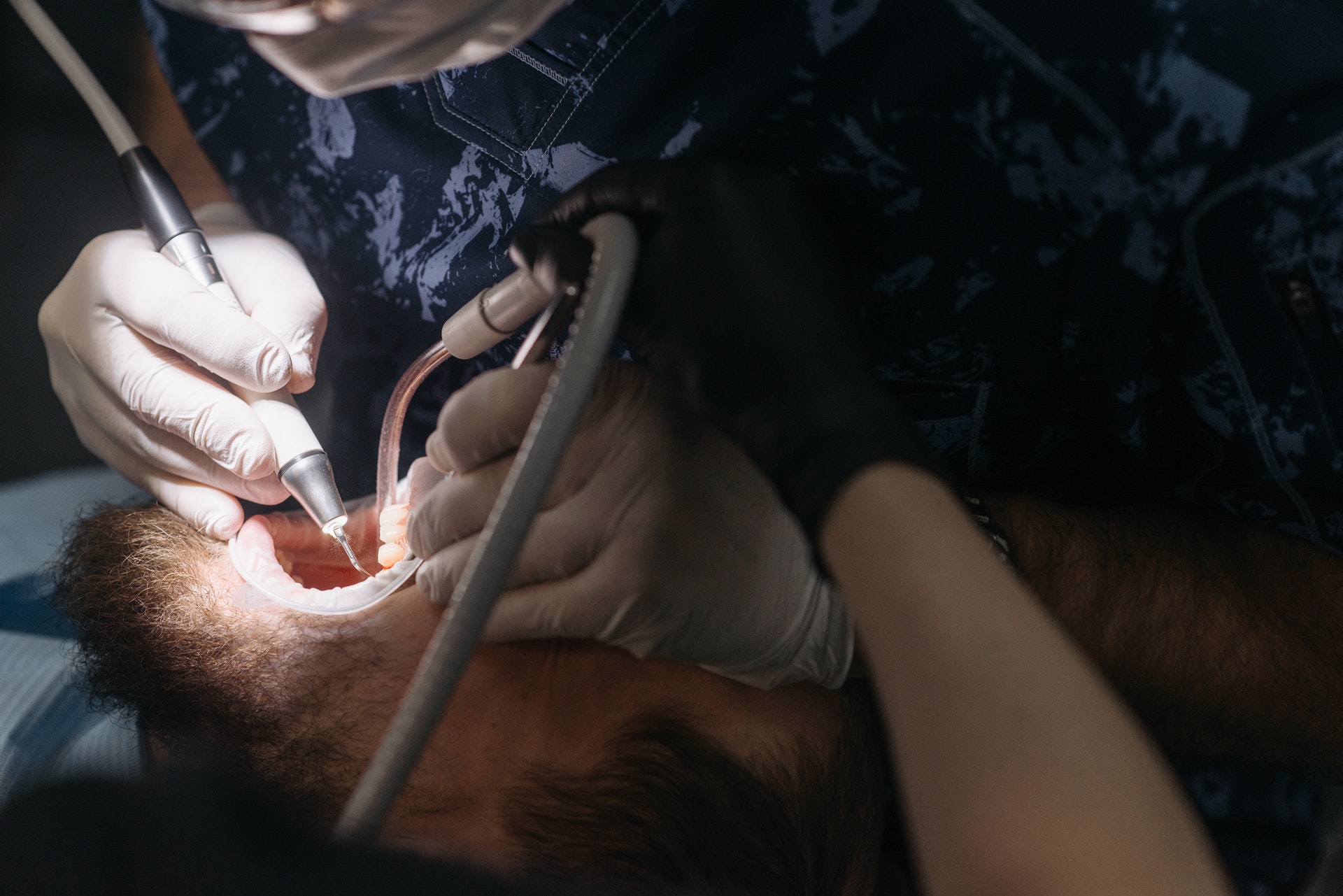While many individuals have not heard of Charcot-Marie-Tooth Disease (CMT) before, its presence spans the globe, with millions of patients dealing with its side effects each year. Although CMT is an all-encompassing terminology used to describe various neurological issues throughout the body, medical researchers understand the telltale signs patients should familiarize themselves with. Whether you’re a CMT patient or know someone undergoing a screening by a physician, here’s what you need to know.
1. Charcot-Marie-Tooth Is Neurological Disease
Don’t let the cutesy name of this disease fool you: Charcot-Marie-Tooth is anything but pleasant. It’s important to note that CMT is a collection of neurological ailments that negatively influence the way a patient’s nervous system perceives stimuli.
To give an example, imagine the sensation of warm water moving over the tips of your limbs in the shower after a rough day at work. The small, delicate movements your mind enjoys come as a result of your nervous system sending signals to your brain. After this brief interaction occurs, your brain tells your system to release feel-good chemicals, such as dopamine, endorphins, serotonin, and oxytocin.
For CMT patients, these pleasurable sensations begin dwindling in their teen years and into their adult lives, but rare cases within toddlers and pre-teens aren’t uncommon. A typical symptom that patients share with their physician is losing feeling in areas around their body filled with long nerve endings, such as the feet, legs, hands, and arms.
But it doesn’t stop there: In advanced-stage CMT, patients often lose the entire function of a specific limb and often report falling over, losing their balance, experiencing pain while exercising, and involuntary curling of their toes.
2. CMT Is Mostly Inherited
CMT is largely believed to be a genetic disease passed down from parents to their progeny. Although we see rare instances of non-inherited CMT, the majority of patients have a family tree filled with relatives who’ve battled the disease in their lives.
To understand why CMT has affected one’s life, we must first explore the hereditary conditions found in utero. In general terms, the genes responsible for developing healthy neurological structures in the extremities are mutated.
Genes, in a rudimentary sense, act as the blueprints passed on from your parents that tell your system which traits to express. While we’re familiar with the inherited details of our biology, such as hair texture, eye color, and height, they also dictate functions underneath the surface of our skin.
3. CMT Is Not Fatal
Now that we’ve thoroughly scared you and caused your anxiety to mount, breathe a sigh of relief because CMT is a non-fatal disease! Although this ailment generates nasty side effects and has the potential to create life-altering disabilities, reputable healthcare providers are well versed in treating patients with CMT.
In combination with medical supervision, patients dealing with Charcot-Marie-Tooth disease can reduce their symptoms by living a health-conscious lifestyle filled with positive habits and smart dietary choices.
4. You Can Reduce Your Symptoms With Lifestyle Modification
If you’ve ever tried to build muscle and look like Arnold Schwarzenegger, you already know what you need to do for CMT! All jokes aside, tasks like lifting weights, yoga, pilates, low-intensity cardiovascular exercises, and stretching routines are brilliant means to reduce your side effects. In combination with these tasks, never forget to treat yourself with love and respect! Simple treats, such as getting a massage, rubbing the area of your body affected with CMT with oil, or biking through nature can slow the spread of the disease. With perseverance and exercise, anything is possible.




